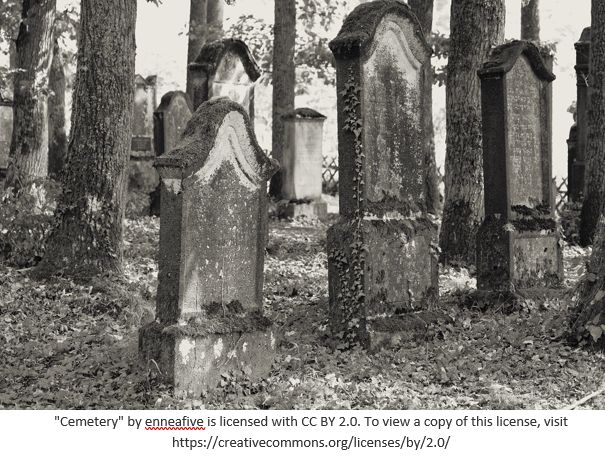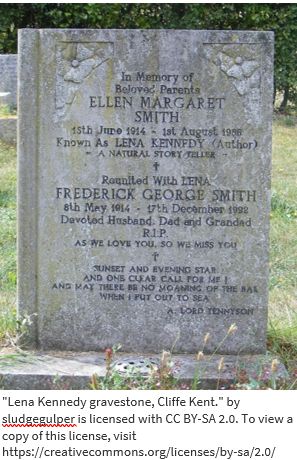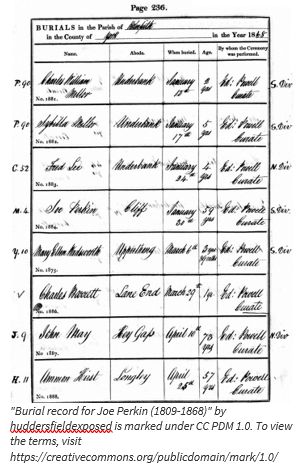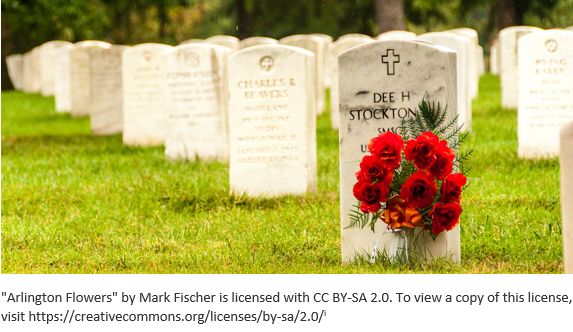Cemetery Research
 30
30Oct

Halloween approaches, and with it the image of abandoned cemeteries illuminated only by the light of the moon. While this scene may be eerie, genealogists do not associate cemeteries with spookiness. For one thing, genealogists prefer to explore cemeteries in broad daylight, because it allows us to see the inscriptions.
Cemetery Records
While a cemetery may feel less creepy in daylight than in twilight, abandonment of cemeteries can still be problematic for genealogists. Overgrowth and erosion can cause gravestones to become illegible. Cities may decide an old cemetery site is a good place to build. Obscure family farm graveyards can become more obscure when the family leaves the property. This is concerning because of the value cemeteries provide in genealogical research.
Gravestones and cemetery records can provide valuable information about an ancestor. For a child who died young, this could be the only record of their existence. For an individual born before birth records were kept, this could give a clue to his birth year.
Family members were often buried near each other in the same cemetery, so location of graves can give clues to family relations. Spouses often shared a grave marker and were buried together, so finding the grave of one spouse can mean finding the grave of the other and obtaining vital information of both spouses.
Every marked grave will contain the name of the deceased. Many also include the date of death. Some will also include the date of birth or the age of the deceased. Some graves will include names of family members or symbols giving clues to military service, religion, or an organization the ancestor was a part of.
While the family of the deceased would desire to have the information on a gravestone as accurate as possible, not all gravestones contain accurate information. Sometimes a grave was not marked until years after the deceased was buried, and well-meaning relatives may not have remembered the information correctly. As with all death records, the birth information on a gravestone will not be as accurate as birth information recorded when the ancestor was born.
If information on a gravestone conflicts with other sources, the other sources are likely be correct. However, this is best evaluated on a case by case basis.
Even with the possibility of inaccuracy, gravestones and cemetery records are still valuable sources of information. This may be the only source of information in some cases. The information can also provide clues to further research.
Online databases
The easiest way to find an ancestor’s gravestone is to search their name in findagrave.com or billiongraves.com. It may even be a good idea to search both databases; Grandma Mae might be in FindAGrave but not BillionGraves, while Grandpa Joe is in BillionGraves but not FindAGrave.

Both FindAGrave and BillionGraves are supplied by volunteers. Volunteers will take pictures of gravestones at various cemeteries and upload them to either or both databases, then other volunteers will transcribe the photos to create memorial pages. Since new memorials are being constantly added to both databases, an ancestor who does not appear in them today may be there six months later. So keep checking.
An ancestor’s memorial page on FindAGrave or BillionGraves will include a photo(s) of the gravestone, the cemetery name and location, and transcription of the gravestone.
The most reliable information on either website is the information contained in the image of the gravestone. Some transcriptions are incorrect. Sometimes the cemetery name is not correct; this is likely to happen when two or more cemeteries are next to each other, unbeknownst to the well-meaning volunteer.
Despite its lack of reliability, the cemetery location feature is very handy. If you find an ancestor on FindAGrave or BillionGraves, you probably have also found the cemetery their immediate family is buried in. If those family members are in the same database, you can find those family members by clicking the link to the cemetery and searching that family’s surname. If other family members are not found, this does not necessarily mean the family is not buried in that cemetery; it more likely means those family members’ graves have not been uploaded to the database yet.
I once found children of one of my ancestors in this way. My fourth-great-aunt, Anna Mary Long, is buried in Voganville cemetery, in New Holland, Lancaster, Pennsylvania as Annie Mary Long Davidson. She and her husband, James, had eight children together, and only three were living when she was enumerated in the 1900 census. By searching for “Davidson” within the Voganville cemetery in FindAGrave, I was able to find the headstones of all five of her children who died before 1900. Four of them died in infancy and were never enumerated on a census. Cemetery research provided me with information that censuses did not.
Other cemetery research
What if your ancestor is not on FindAGrave or BillionGraves? What if only one person in the ancestral family is in either database? What if the gravestone picture is illegible?
 Cemetery research goes beyond searching FindAGrave and BillionGraves. The churches and funeral homes keep records of the dead they bury. The sexton records kept by a cemetery include the names and dates of the dead they buried, including those in unmarked or lost graves. These records can cover information not “set in stone.” Church burial records may include birth, marriage, and death information, even if it is not on the gravestone.
Cemetery research goes beyond searching FindAGrave and BillionGraves. The churches and funeral homes keep records of the dead they bury. The sexton records kept by a cemetery include the names and dates of the dead they buried, including those in unmarked or lost graves. These records can cover information not “set in stone.” Church burial records may include birth, marriage, and death information, even if it is not on the gravestone.
How do you find these records? Start by identifying where your ancestor is buried. An ancestor’s death certificate or obituary may mention the burial place of the ancestor. Anna Mary Long’s death certificate indicated she was buried in Voganville. If you know what church your ancestor attended, see if that church had a graveyard. Another way to identify possible cemeteries is to search for cemeteries in the area where your ancestor lived. If you do not know which one your ancestor is buried in, check all of them.
Some old cemeteries have transcripts compiled by historical and genealogical societies. These are often available online or at the Family History Library. I found an ancestor on a cemetery transcript; since the transcript listed his age, I had a clue to his birth year. Since I could not find birth records for him, this clue was the best information I had for his birth date.
A lot of the records available at churches and funeral homes are not available online. Obtaining these records involved finding the church’s or funeral home’s contact information and reaching out. Some may be willing to send you a copy of the records for a fee, though this varies by funeral home and church.
The best option for cemetery research would be to visit the grave in person. This is most feasible for those who live in the same area where their ancestors lived. In other cases, this would require either a road trip or hiring a genealogist in that area.
While online databases provide a way to see photos of gravestones, they take away the locational aspect of seeing who is buried next to who. Plot maps, when available, can help compensate for this.
If a digital image of a gravestone is illegible, you can try sharpening the image and altering the lighting of the photo, but that can only go so far. At the physical gravesite, you can look at the grave from different angles and feel the inscriptions with gloved hands. You can also go to the gravesite during a time of day when the sunlight is optimal. All of this can help you read the gravestone, allowing you to make an accurate transcription.
Some researchers use cemeteries as a way to find distant cousins who are researching the same ancestor. What they do is leave flowers at the ancestor’s grave along with a laminated note including their contact information and their relationship to the deceased ancestor. The hope is that someone else visiting the same grave will see the note and reach out.
At the very least, gravestones include the name and date of death, but often include birth information. Information not on the gravestone may be in the sexton records or church records. Family members were often buried together in the same cemetery. In some cases, the information from cemetery research is the best you will have. In all cases, this will give clues to further research.
This Halloween honor your ancestors by finding their gravesites. If you need assistance beyond searching FindAGrave and BillionGraves, Price Genealogy can help.
-Katie

Have you ever had to do any cemetery records research? Let us know in a comment below!
